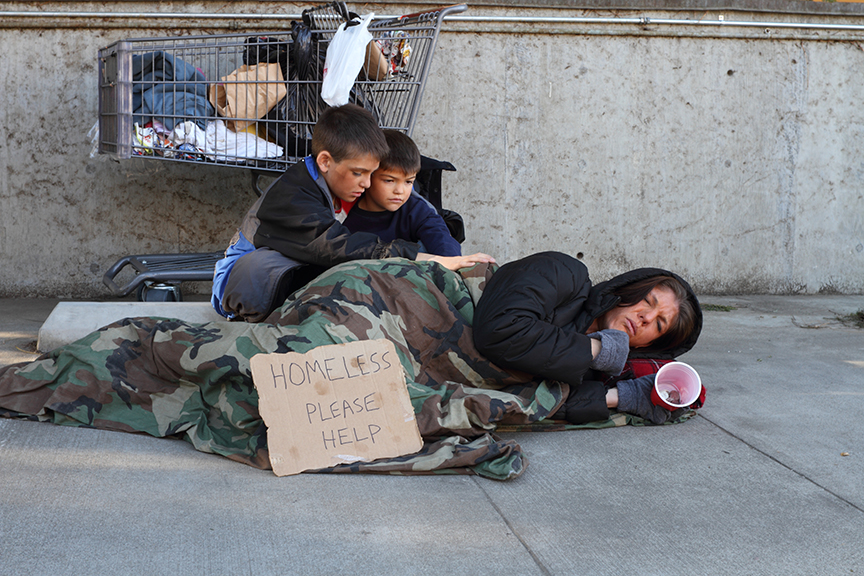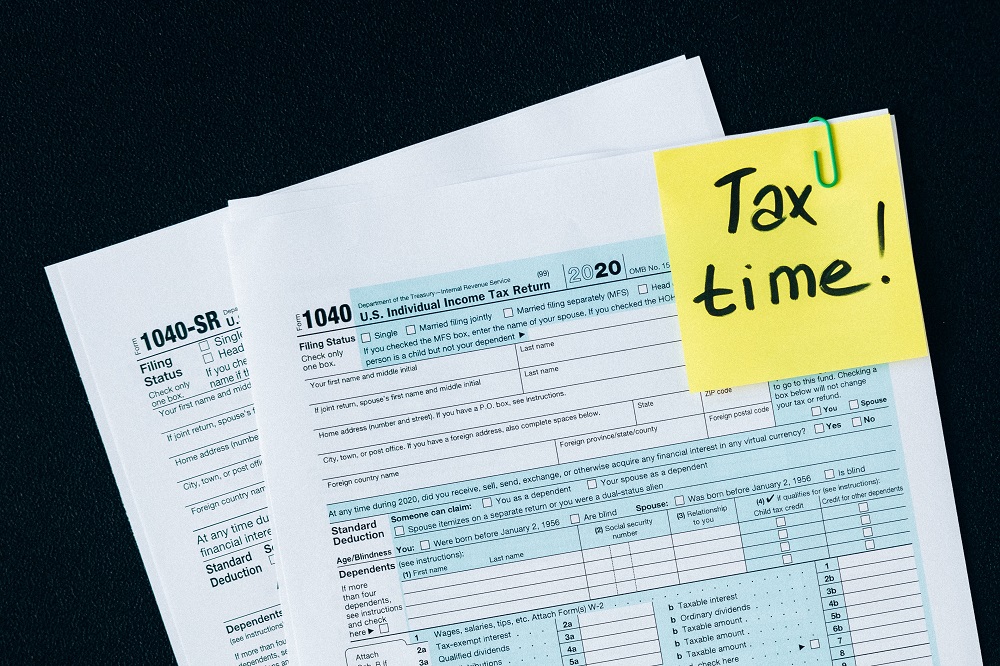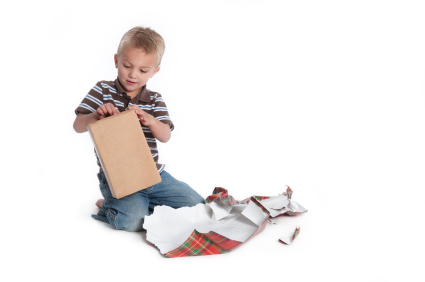Is your home covered with the correct insurance in case your property is caught in the middle of a tornado, flood or other natural disaster? Perhaps you had better check to make sure.
1. Know what you’re looking for. There are five forms of homeowners’s insurance policies. It is worth reviewing your house insurance yearly to make sure you are covered for any conceivable incident. Make sure you are not overpaying for the value of your home, but also not underinsured either.
- The Basic Form (HO-1): This covers eleven types of losses to the structure of the house and its contents. Covered losses include fire and lightning, smoke, vandalism, theft, windstorms and hail, explosions, riots and civil commotions, damage by vehicles or aircraft, glass breakage, and volcanic eruptions.
- The Broad Form (HO-2): Covers all of the above plus damage from the weight of snow, ice, sleet, surges or short circuits in electricity or problems stemming from the malfunction of plumbing, heating, air conditioning systems or domestic appliances.
- The Special Form (HO-3): This is the most widely sold homeowners policy. It provides all of the above plus more extensive personal property coverage. The exceptions are: floods, earthquakes, war, nuclear accidents, and similar catastrophes.
- The Comprehensive Form (HO-5): Except for floods, earthquakes, and war, this policy covers everything but it is not available through all companies. If you have special circumstances, you can purchase riders to a Special Form to expand its coverage.
- Older Homes Policy (HO-8): This covers many older homes that would be prohibitively expensive to replace. It covers the Actual Cash or Market Value of the home at the time of damage, not the full amount of money you spent restoring it.
2. Calculate your gamble. How much money do you need to set aside to cover a loss? It depends on the size of your deductible (the amount of money you need to pay before your insurance kicks in). Deductibles can be as low as zero or well over $1,000. As a general rule, the higher the deductible, the lower your insurance premium, because if the insurance company doesn’t have to pay small claims, it saves money.
A fair warning: Too many little claims on a low or no-deductible insurance policy can flag it for cancellation. Figure if your claim is really worth the aggravation before you file it if you have this type of a policy.
3. Take care of your worldly possessions. The contents of your house are insured as part of your homeowners insurance. Depending on your policy, they are insured for 50-75 percent of the value of your structure. In other words, if your house and its attached structures are worth $100,000, your contents are insured for $50,000 to $75,000. Is that enough?
The value of your worldly possessions is calculated in two ways: actual cash value or replacement cost. An actual cash value means the value of your computer, TV, couch or silverware at the time of your loss.
If you have a three-year old refrigerator that cost $800 new, its actual cash value at the time of loss might be only $300, which is what you will get. Replacement cost, on the other hand, means you receive the amount of money it takes to replace that same refrigerator today.
4. Inventory your worldly possessions. This can’t be stressed enough: If you need to file a claim for loss or
damage, how will you prove what you owned? Take the time to photograph and record the value of your possessions.
This takes time but you only need to do it once and the trouble it can save you in the future is incalculable. Fill your still or video camera with film or get extra memory cards for the digital variety and take a picture of all your possessions. Then make a list of them, detailing their costs at purchase and gathering any receipts you have.
Take all of this information and store it somewhere not in your house, such as a bank safety deposit box. If trouble strikes, you won’t have to recall the exact value of your credenza while you’re reeling from its loss.
5. Have a computer? Make sure your computer is covered under your policy — as well as checking how is it covered. If you use your computer in a home office, as a business machine, it might not be covered under your regular homeowners insurance. You might require an additional rider to cover a computer used this way.
6. Fill in the gaps. Think about flood insurance. Think you don’t need flood insurance? Think again. Floods and mudslides occur in dry areas all the time. In fact, one in three flood insurance claims happens in a “low risk” area. Even if you don’t live near water, hurricanes or quick snowmelts can cause flooding in places you wouldn’t expect.
Congress established the National Flood Insurance Program (NFIP) in 1968, administered by the Federal Emergency Management Agency. In 1983, Congress widened the scope of this program, allowing corporate insurance companies to offer this coverage under the Federal Insurance Program.
Contact your insurance agency to see if you can get a policy through your current company, or you can call the NFIP yourself at 888-CALL FLOOD or visit www.fema.gov.
Kitty Werner is the author of The Savvy Woman’s Guide to Owning a Home: How to Care For, Improve and Maintain Your Home (RSBPress, $14.95).






